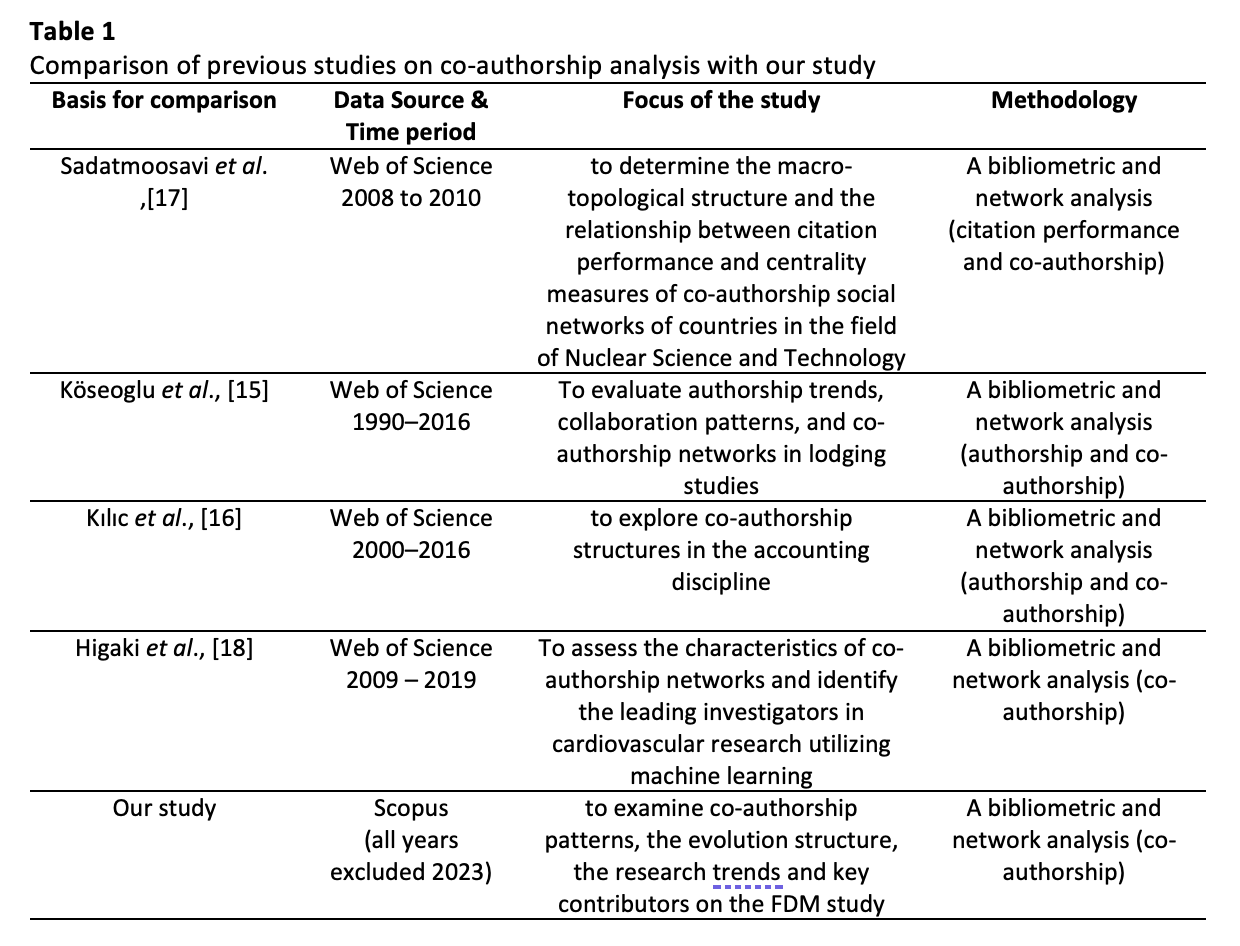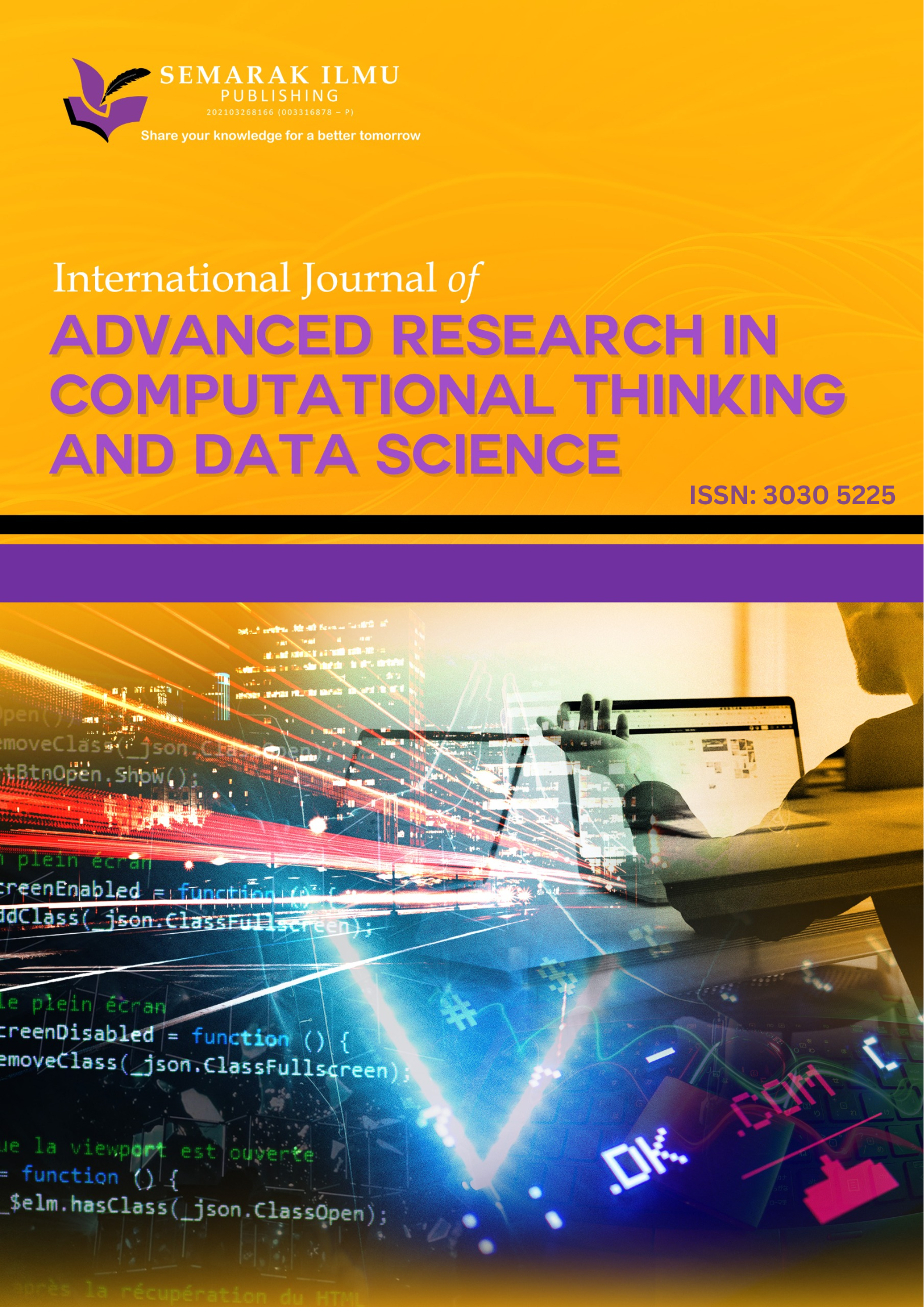Unveiling Collaborative Trends in Fuzzy Delphi Method (FDM) Research: A Co-Authorship Bibliometrics Study
DOI:
https://doi.org/10.37934/CTDS.2.1.120Keywords:
Fuzzy Delphi Method, bibliometrics analysis, co-authorship analysisAbstract
The Fuzzy Delphi Method (FDM) employs fuzzy logic to address uncertainty and ambiguity in expert judgments, facilitating consensus in complex decisions. Recent years have witnessed a surge in FDM publications, indicating its increasing popularity as a versatile decision-making tool across various domains, owing to its adept handling of uncertainty and complexity. However, there remains a limited understanding of collaborative dynamics among researchers in this field. This research aims to bridge this gap by examining co-authorship patterns and trends in FDM research literature, contributing to a deeper understanding of collaborative networks and their impact on the advancement of FDM methodologies and applications. A comprehensive examination was conducted on FDM research documents retrieved from the Scopus database spanning 1991 to 2022. Using the keyword "Fuzzy Delphi method," 766 papers underwent further scrutiny. Various tools, including Microsoft Excel for frequency analysis, VOSviewer for data visualization, and Harzing’s Publish or Perish for citation metrics and analysis, were employed. The study's findings were presented using bibliometric indicators, encompassing document type, sources, language, subject area, publication trends by year, top countries, influential institutions, leading authors, active journals, co-authorship analysis, citation analysis, and highly cited recent articles. While the total number of publications shows a general increasing trend over the years, the total citation trend does not demonstrate a consistent pattern of increase. Taiwan emerged as the top contributor to FDM research, followed by Malaysia. Robust collaboration exists among authors and countries. The evolution of FDM research benefits by providing a structured approach to decision-making processes, facilitating consensus-building among stakeholders, and enhancing strategic planning in curriculum development and educational policy formulation.
Downloads














